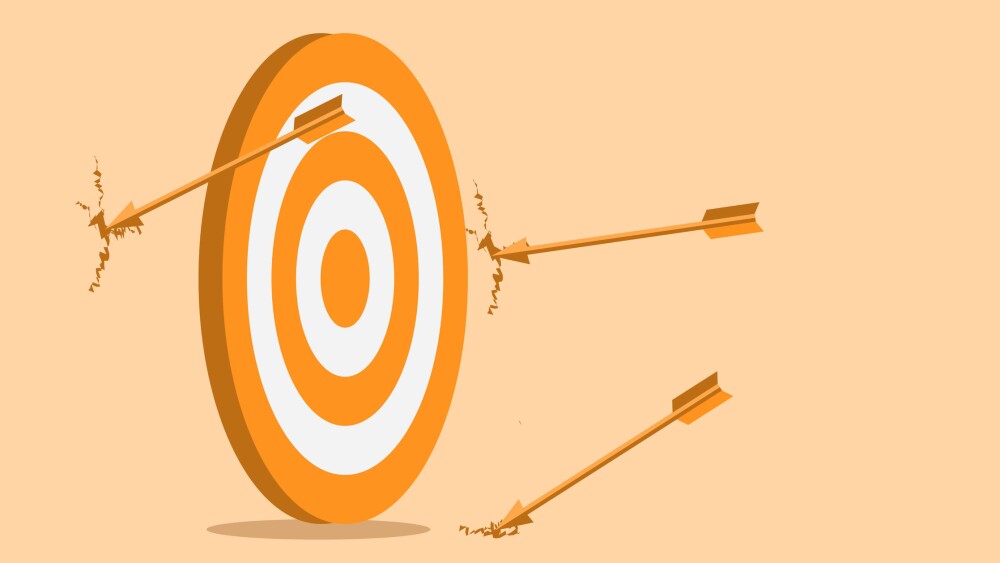The trendy drug brand names for 2020 include Tepezza®, Zolgensma®, and Qvar®. Like the names of newborn children, they are designed to be visually distinctive and to make a statement.
The trendy drug brand names for 2020 include Tepezza®, Zolgensma®, and Qvar®. Like the names of newborn children, they are designed to be visually distinctive and to make a statement. Unlike baby names, however, drug names must meet certain regulatory criteria to minimize the potential for confusion.
“Orthographic names are trendy now,” Scott Piergrossi, president, operations & communications for Brand Institute, told BioSpace. When written, orthographic names stand out. “That’s often achieved by including upstroke, down-stroke, and cross-stroke characters.” Those are letters – b, d, f, h, k, l, g, j, p, q, or t (and sometimes z) – that extend above or below the height of a lowercase “x.”
To increase their distinctiveness, drugs’ brand names increasingly are incorporating double consonants or double vowels.
“In 2019, over 10% of FDA approved drugs has double vowels or consonants,” Piergrossi said.
Names with breakaway consonants are popular too. Piergrossi cited Qvar, Vfend® and Xpovio® as examples. “They start with a consonant, followed by a word apart.” The names tend to be unusual, short and memorable.
Conversely, three-syllable names also are trending.
Many new names combine as many of these features as possible. Tepezza®, a thyroid drug developed by Horizon Therapeutics, for example, combines three syllables, double consonants, a crossed letter (t) and a descender (p).
Zolgensma® by AveXis takes naming a step further. In addition to its rarely used initial (Z) and three syllables, its last three letters hint at its indication – spinal muscular atrophy (SMA). “That’s super unique,” Piergrossi points out. It makes the name longer, but it is still easy to pronounce and distinctive.
Distinctiveness, pronounceability and indication are only a few of the challenges of naming drugs. Naming a new drug is, arguably, even more challenging than naming a baby. While both consider linguistics and the perceptions associated with the name, drugs also must consider trademarks and regulatory concerns.
For example, if your child accidentally is called “Ted’ rather than “Tad” by a teacher, the mistake is quickly corrected and life goes on. If drug names are similar, however, confusion by the prescribing physician or pharmacist could have life or death consequences for patients.
Regulators throughout the world, therefore, developed – and now have harmonized – naming guidelines.
“For safety purposes, drug names must not sound or look like another drug,” Piergrossi said. “Names can’t be overly promotional, fanciful, or suggestive.
“They also shouldn’t include overt claims of efficacy,” he continued. “That’s why the hair growth treatment minoxidil, known throughout the world as Regaine®, is named Rogaine® in the U.S.”
The FDA perceived “regain” – regardless of spelling – as a claim.
“This year, the FDA announced a pilot program to better assess promotional claims in a name. If they reject a name, they want data to justify the rejection. Today, regulatory approval is the biggest hurdle for names. Regulators err on the side of caution.
“That’s why you see a proliferation of novel names like Qwo (pronounced “Clo”) which was approved July 6 for cellulite, he continued. “It’s feminine, short and distinctive. It’s a blank canvas, so drug developers can build their own messaging.”
Linguistics reviews are routine nowadays to ensure the drug’s name isn’t offensive or counterproductive in another language. “The classic example is the Chevy Nova,” he said. Essentially, it means ‘no go’ in the Romance languages. “At Brand Institute, we conduct a 40-language review, so surprises are very rare.
“Companies usually start thinking about brand names in late Phase II or early Phase III, depending on their regulatory submission timelines,” Piergrossi said. “The names need to go through significant vetting,” to make the short list.
One of the hurdles Piergrossi faces as a naming consultant, is education.
“When people talk about brands, it’s emotional. You think of names you like. For example, Lunesta® sounds smooth, and Lipitor® is easy to pronounce and has ‘lipids’ virtually in the name,” Piergrossi said. “But the pace of change in the pharmaceutical industry is detrimental to what’s possible today. Therefore, we explore names regulators have approved recently and the messages drug developers want to send in the name of the approved drug.”
Typically, the drug developer provides a naming brief that includes the key elements of the product profile, the functional characteristics of the drug, positioning elements for marketing and the attributes they want to highlight. Oncology drugs typically feature the mechanism of action, while respiratory drugs often emphasize speed of action. Lifestyle drugs tend to be evocative and benefit driven.
“We develop thousands of names to have even 100 to consider presenting to the client. Trademark reviews, safety research and other reviews further narrow the options.” By the time potential drug names are presented to the client, the list has been whittled to six or eight.
“It’s important for the drug developer’s executives to be involved throughout the naming process,” Piergrossi said.
If they see the process, the attrition, and why certain names were rejected, they can better understand the value of the names that remain.
The actual naming process typically takes about 3 months, Piergrossi said, but gaining regulatory approval of the name takes many months longer.






